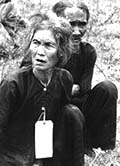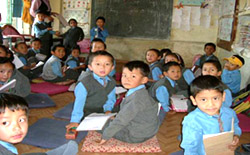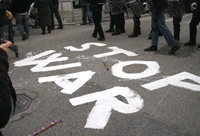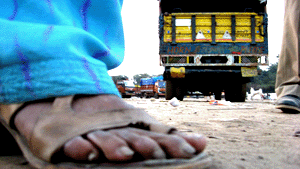
Asia


The Shadow

Tibetan Freedom Struggle: Refugee School Points to Future
The first sign that welcomes visitors reads, "Caution: Children at Play." Back in the West, a sign of this sort wouldn't even cock an eyebrow, but up in the Himalayas, it stopped me dead in my tracks. Indian street life is defined by chaos. Clogged with cars and cows, lepers and beggars, roads are forged like white water rapids, not splashed in like puddles. Yet, I'm visiting the Tibetan Children's Village, a residential school for underprivileged Tibetan refugees.

A History of Infamy: US Military Tactics From Vietnam to Iraq
National Public Radio recently reported on one of the latest gadgets developed by DARPA, the Defense Advanced Research Projects Agency. Described as a non-lethal weapon, it concentrates microwaves and can reach a target as far away as 500 yards, causing the victim to retreat. One of the scientists involved in its development, noted that it operated by heating water molecules just under the skin, causing pain. In short, this non-lethal weapon functions like a microwave oven. Yet the report was remarkably free of important details. For example, what happens if the device strikes a target at a distance appreciably less than 500 yards?

Citizen Journalism in Nepal
Citizen journalism is a growing movement in Nepal. Although half of the nation lives below the poverty live, without access to clean drinking water, health care and education, there has been a significant rise in level of political consciousness among the people. This is largely due to the ten year long Maoist insurgency and emerging ethnic tensions which are both fostering the growth of citizen powered media.

Janadesh: India’s Landless Farmer Movement Gains Momentum
The generally clogged New Delhi, India streets were uncharacteristically clear on the afternoon of Tuesday October 30th, 2007. The auto rickshaws continued buzzing between pedestrians and cows, the denizens of Delhi. With the arrival of Janadesh, a movement of 25,000 landless farmers and tribal people who drilled into New Delhi just days before, one would have expected a city under siege. Raj Gopal, the leader of the protesters, warned that if the government decided to ignore the people's demands, it should start "making arrangements for picking up the bodies of those who had participated in the march."
